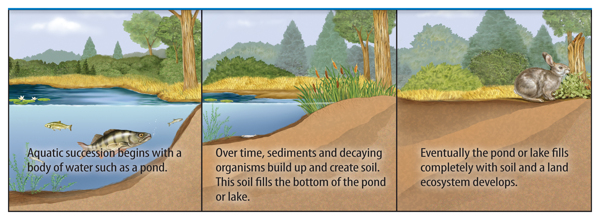Temperate Grassland Animals Food Web

Secondary consumer secondary consumer ostriches also eat mice and
Temperate grassland animals food web. Each part in this food chain is an important part of life in this harsh environment. All food chains begin with a producer, an organism that can make its own food e.g. The main source of energy in this food web would be the sun.
The biome we are researching is temperate grassland. Grasslands animals can be found in all the continents except antarctica. The temperate grassland is distinguished from other biomes in four different characteristics.
If a type of grass, not native to the temperate grasslands, was growing around native grasses, the invasive grass could harm or kill the native grass and the the animals that eat the native grass. Primary producer, primary consumer, secondary consumer, and tietiary consumer Most animals, which live in the temperate grasslands, are reptiles, birds, and grazing mammals.
Home biotic/abiotic factors food chain/web energy pyramid symbiosis matter succession human interactions fun facts food chain. The japanese climbing fern affects trees and shrubs in the temperate grassland. The producer is grass because almost every animal here would not survive if there wasn't grass.
This is an example of one of the many food webs that may be witnessed in a grassalnd, and it includeds the producers (grasses, whattle tree), the herbivores who are primary consumers (kangaroos, wombats), the carnivores and omnivores that make up the secondary consumers (magpie,emu), and the carnivores of the tertiary consumers (dingo). The arrows going into the animals mouth is where that animal is getting it's energy from. Tertiary consumer foxes eats mice, prairie dogs, ostriches, and buffalo.
The zebra eats only grass and plants, as well as the giraffe, bison and the gazelle. Temperatures vary with seasons with tornadoes, blizzards, and fires occurring in many temperate grassland regions. The fluctuations in the numbers.


















